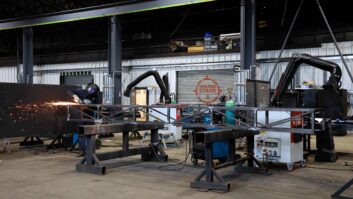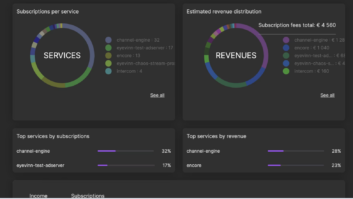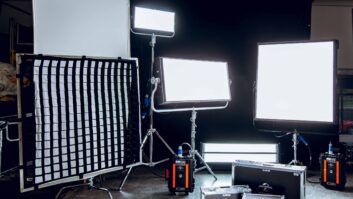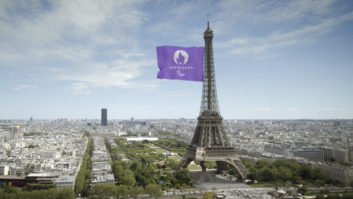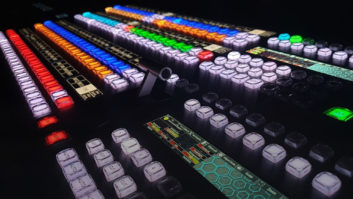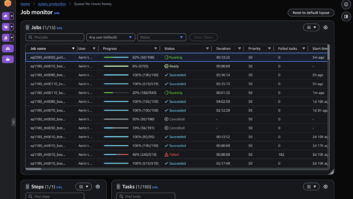French television channel M6 has upgraded the post production workflow in its graphics department with Autodesk’s Smoke editing and finishing systems and Flint graphics systems. The upgrade is part of M6’s plan to migrate to a file-based workflow and will also allow the graphics team to deal with ever-increasing workloads.
Since it first launched in 1987, M6 has chosen to do graphics, ident, visual effects and promo creation in-house. The graphics department has thus grown from a small unit to one that outputs up to 180 clips each week. The new kit was supplied by Autodesk’s systems reseller Post Logic.
The graphics creation team operates as an independent company with its own workflow and management structure. It’s responsible for creating promotional material for the station from conception to final tape delivery. The creative process at M6 involves teams of directors and editors who are responsible for editing previews; some dealing with film previews and others with live shows. At the same time, creatives start working on the visual effects and finishing using Autodesk Smoke and Flint systems. At the final stage before tape delivery, the programmes are mixed in the auditorium.
“We look after the visual identity of M6 from the conceptual stage up to the final implementation. Our comprehensive post production unit has all the necessary tools for graphics creation, editing, visuals, finishing, mixing and broadcast tape creation,” explained M6’s artistic director Michel Nougu_.
Each of the promos produced each week normally comprises three clips with different themes or lengths; previews last anywhere between eight seconds and two minutes, with an average of 30 seconds. Clips can be required for use in as long as three weeks, or with as little as 15 minutes notice. As M6 begins to place more emphasis on its news programming, this will only become more crucial. Breaking news clips have to be edited and captioned in realtime. The work is split between two teams – made up of 14 permanent and 30 part-time staff – that operate in shifts.
“We’re working on an industrial scale, and need a comprehensive and capable workflow. Now this obviously doesn’t mean we should disregard quality; quite the opposite. The volumes we’re dealing with mean we require specialists for each step of the production process. We acknowledge the importance of all these different crafts, and keeping them separate ensures greater efficiency and higher quality,” said Nougu_.
In this environment, responsiveness is a key requirement. The priority was to find a solution that enhanced productivity and since increasing the team’s size was not financially feasible, the only solution was to change how the content was actually created.
One of the main considerations was M6’s long-term plan to migrate to a tapeless workflow and the arrival of high definition television. HD requires large resources in terms of bandwidth and processing power, and M6 is keen to be able to offer more and more HD content to its viewers.
“Making such investments means you must choose durable hardware that won’t have to be changed after a few months. Taking this into account, we presented several manufacturers with a brief and were very excited about Autodesk Smoke’s DVE 3D feature, and about the possibility of integrating clips created in Maya directly into Smoke. Since our job often relies on the ability to reuse previous elements, Smoke’s history management feature was a big plus. Lastly, we were impressed by the hardware’s reliability: it can be depended on for continuous streams. We can’t afford any downtime,” Nougu_ added.
Although M6 currently works with tapes on the post production side, the workflow will soon migrate to a digital file exchange. The collaborative features of the Autodesk systems were another deciding factor in the choice of the Smoke and Flint systems.
“After testing Autodesk Smoke we found that it was best suited to our needs, allowing us to view render bases with OpenGL and import PSD layers; the text editor and master keyer features were also very useful. Autodesk distributor Post Logic also had a very positive influence on our choice, and we are grateful for their expertise and their familiarity with everyday problems. They helped us implement our project taking into account today’s sophistication in images. Autodesk solutions are very good at using the computer’s capabilities to the fullest,” said Nougu_.
